Journey to Publication— Integrated Planning: The “Difference that Makes a Difference” in Institutional Effectiveness Over Time
When I began teaching at Waubonsee Community College, I focused my time on improving my classroom education techniques for several years. Since I wasn’t doing research, my focus was simple and direct. I occasionally reached out of my bubble to get inspired by a paper, connect with colleagues at a conference, or get talked into or bribed into attending a publisher workshop. Eventually, I was inspired by my colleague, David Voorhees, to step outside of my institution when he was elected Fellow of the American Association for the Advancement of Science (AAAS) in 2015. With assessment always having been an interest, I found myself at the Assessment Institute in Indianapolis, IN in 2019 where after listening to Dr. Karen Singer-Freeman present, I could tell she had the insight into assessing assignment scores and diversity data to improve equity that I craved. I approached Karen knowing I had to get involved in the work she was doing, because this offered a clear road for making significant equity improvements for my students like nothing else I had seen. She informed me about co-leader opportunities opening up for the Grand Challenges in Assessment in Higher Education project and I made sure to apply.
Along with Dr. Megan Schramm-Possinger, we formed and led the team for “Examining Changes in Institutional Effectiveness (including Student Learning) Over Time.” Knowing the challenges of trying to manage large groups, we specifically selected applicants who 1) provided a wide range of roles from different areas because we knew this breadth would be crucial, and 2) completed the full application that included their resume because we wanted invested individuals willing to work hard. We identified a small team of experts in their fields that provided incredible insight into both the challenges and opportunities facing institutional effectiveness offices today. As we met to address the project over the coming weeks and then months, we bonded over our common accreditation struggles and assessment hopes. We offered suggestions for communication issues our members faced during the pandemic, and we shared health battles, job transitions, stories of human immorality, and environmental catastrophes from all over North America. And through all this, everyone brought their own unique skills that dramatically enhanced the group’s performance. Our group saw significant success and accomplishments, not only completing our work, but also when providing additional insights on the plans developed by the other groups.
I believe we were able to reach this level of commitment to the project because of the bonds we developed through these struggles and the support we gave to each other. All of us agreed that this hour we spent with each other on most Fridays for about a year was the week’s highlight. Besides everyone’s broad background and expertise, we were able to be as productive as we were because we had different people contributing different skills to the team, like humor, organization, technology, historical memory, business experience, formatting expertise, writing, group leadership, and a focus on creating a set of solid implementation tactics to address the issues we were facing. Examples of these skills being used were when our moods were lifted with email responses supplemented with the perfect cartoon, we stayed connected and synced using Google Drive, we explained why certain structures were the way they were, we encouraged each other, we strategically assigned work, we smoothed out nine individual voices into one consistent message, and we brainstormed and collaborated virtually via Zoom while using Padlet, Coggle, and Google Docs.
After identifying the key questions we needed to address based on our charge and group insights, we spent months researching the issues, reviewing papers, sharing information, and bouncing around pieces of ideas until they developed into tactical gems. We then attempted to split our team to divide and conquer different parts of the problem, but by then everyone was so invested in every facet of the work, everyone wanted to continue to work together and put in that extra time.
Although our team was small and manageable, the Grand Challenges project was a much larger group tackling vastly different and complex issues. One size fits all reporting was a struggle and a constant juggling act between what was expected, what we had, what we wanted to have, and what our group of experts knew was needed. Ensuring all these facets consolidated in the end was incredibly exciting to be a part of and required contributions from the Grand Challenges project leadership and sponsors. Besides our team’s work culminating in the presentation of our strategic plans (available here: https://assessment.uncc.edu/excellence-assessment/grand-challenges-assessment-project) at the Association for the Assessment of Learning in Higher Education (AALHE) Conference last June, we knew that our group now had a responsibility to help advance how institutional effectiveness was positioned within higher education.
As we evaluated and compared different strategies for the success of higher education institutions, this complicated issue became even muddier. We weren’t just sifting through publications to find examples of successful achievement that needed more national attention, but we also had to discern how to apply these lessons of success to different types of higher education institutions with vastly different structures and completely different cultures. Through this murkiness, we began to see several consistencies. Institutional effectiveness offices were not being utilized to their full potential for various reasons, integrated planning on college campuses needed to be strengthened, and the success of institutions is dependent on how the combination of these tools are leveraged to complete their strategic goals. Our paper, “Integrated Planning: The “Difference that Makes a Difference” in Institutional Effectiveness Over Time” expands on this linkage and the necessity of quick action toward improvement (https://aalhe.scholasticahq.com/article/24571-integrated-planning-the-difference-that-makes-a-difference-in-institutional-effectiveness-over-time).
No one knows what is in store for the future of higher education. From teaching strategies, classrooms, and technology to the types of jobs, thinking, and skills required of our students, everything is changing. The world is changing, and higher education is destined to change as well; no one can say they didn’t see it coming. Due to the growing internal and external pressures, the success of institutions moving forward boils down to how they communicate through integrated planning to function successfully and how they plan through integrated institutional effectiveness to stay relevant and achieve their strategic goals. Our paper encourages institutions to reflect on these principles, identify successes, and determine areas for institutional growth. Throughout my work with this team, I was constantly amazed at the amount of intricate understanding everyone had for the inner workings of an institution while still maintaining a big picture perspective that focused on advancing student education. Proficiently managing both of these vantage points is rare. The opportunity to hear one of these professionals share their insights would be noteworthy, but to have these eight specialists joining forces and collaborating is a unique opportunity not to be missed.
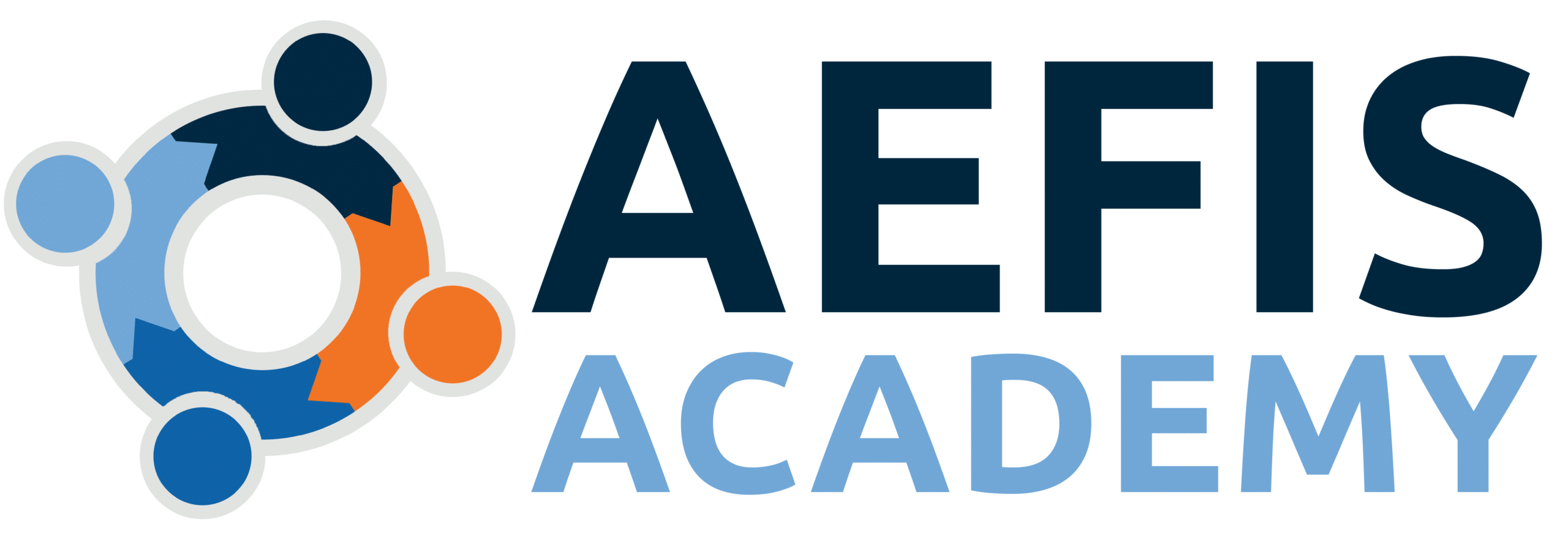
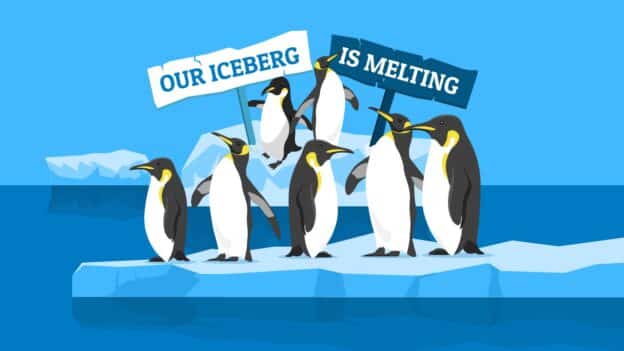
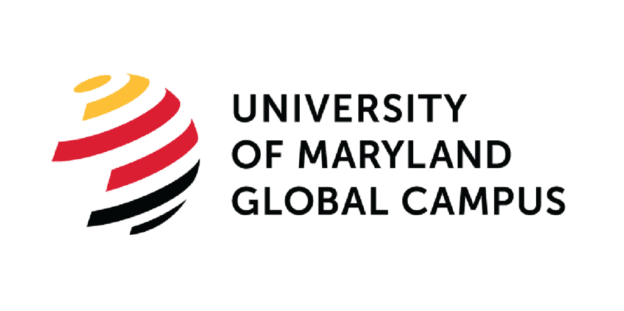
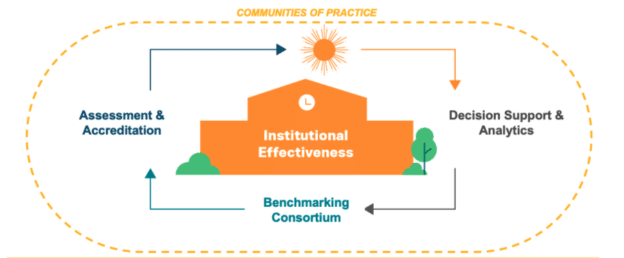
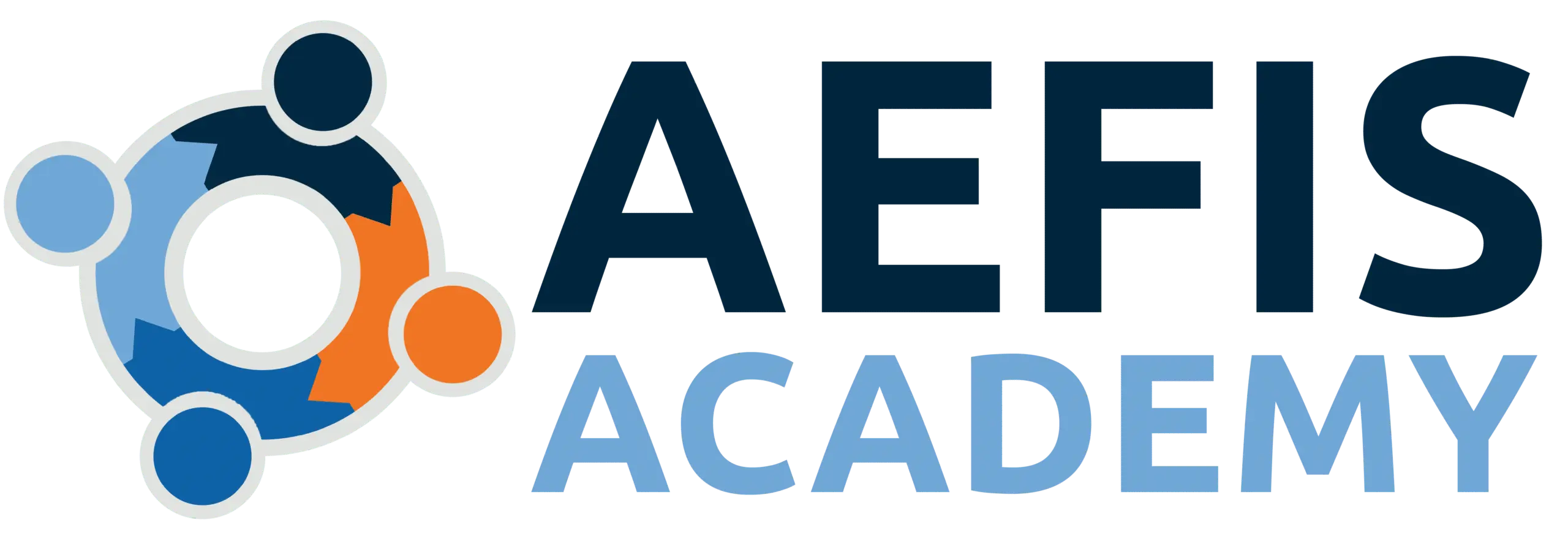
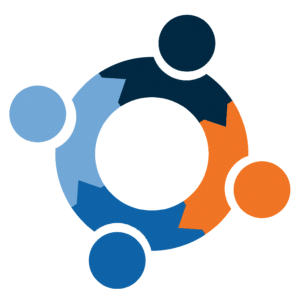
Discussion